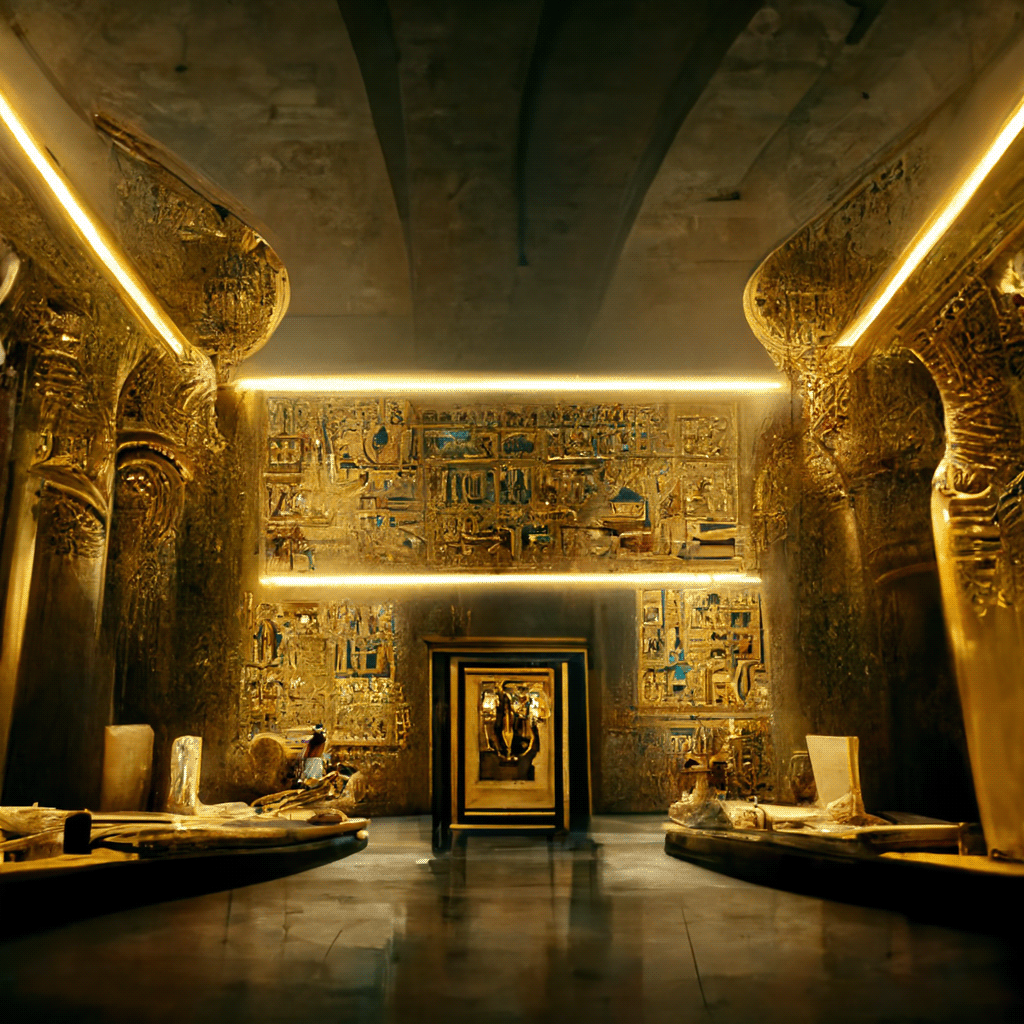타흐리르 이집트 박물관은 카이로에서 가장 중요한 역사적·관광 명소 중 하나입니다. 중동에서 가장 오래된 고고학 박물관이며, 세계 최초로 박물관으로 지어진 건물입니다. 이 박물관의 건립 아이디어는 1895년에 시작되었고, **프랑스 건축가 마르셀 두르뇽(Marcel Dourgnon)**이 국제 설계 공모에서 우승하여 건축을 맡았으며, **1902년 아바스 헬미 2세(Khedive Abbas Helmy II)**에 의해 개관되었습니다.
2021년 4월, 이 박물관은 세계적인 주목을 받았습니다. 22구의 왕실 미라가 푸스타트에 있는 이집트 문명 국립 박물관으로 이송되는 장엄한 행렬이 열렸기 때문입니다.
박물관의 신고전주의 양식 건물은 2층 구조로 되어 있으며, 선왕조 시대부터 그리스-로마 시대에 이르기까지 이집트 유물들을 전시하고 있습니다. 주요 전시품은 다음과 같습니다:
-
나르메르 왕의 팔레트, 이집트 상하 통일을 기념하는 상징적인 유물
-
피라미드 건설 시대의 왕들의 조각상 및 유물
-
**유야와 투야(Yuya & Tuya)**의 장례 유물 – 이들은 아케나텐 왕의 조부모
-
타니스의 보물
-
다양한 시대의 동물 미라, 파피루스 문서, 관, 보석류
이 모든 유물들이 이 박물관을 독보적인 문화기관으로 만들어주고 있습니다.



